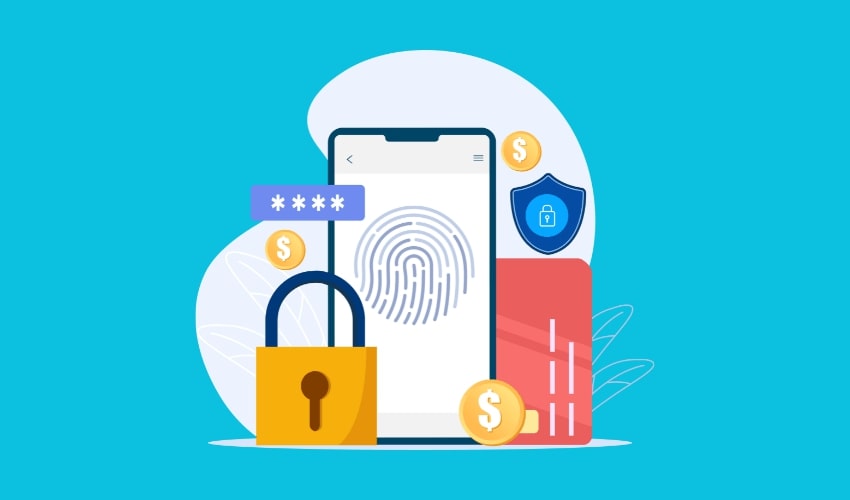In an era where smartphones contain an array of sensitive data, securing your Android device is important. From personal banking to contact information, our phones hold a treasure trove of information that could be exploited if they fall into the wrong hands.
While smartphone hacking isn’t a daily occurrence, data breaches at larger companies remain a significant concern. To achieve the right balance between convenience and security, consider these straightforward tips to strengthen your Android phone safety.
1. Two-factor authentication (2FA): game-changer for security
Two-factor authentication (2FA) is a impressive shield against malicious attacks. By adding an extra layer of security during login, even if a hacker obtains your password, they won’t access your account without your physical device.

Many websites offer the option to receive a code via text or email. However, more secure methods involve using 2FA apps to generate codes instantly, bypassing the need for waiting.
A recommended app is Google Authenticator, available on Google Play, offering offline functionality and encrypted automatic backups on Google Drive.
While setting up 2FA might take a bit of effort, it’s one of the simplest and most effective ways to enhance your Android device’s security. Don’t hesitate to enable 2FA on all compatible accounts.
2. Lock screen: your first line of defense
Your lock screen serves as the initial barrier to protect your Android phone. To safeguard your device, add biometrics, a pattern, PIN, or password lock to your lock screen.
This extra step might seem inconvenient, but the security benefits are invaluable. Customize your lock screen by adding an emergency contact or a message with instructions for potential finders of your lost phone.

Access these settings through your phone’s settings menu to tailor your lock screen based on your preferences.
3. Google Play Protect: your phone’s built-in antivirus
Google Play Protect operates as an antivirus for your Android device, offering peace of mind without any additional effort. This service comes enabled by default on modern Android devices.

Its functions include comparing the apps on your phone with their Google Play Store counterparts to ensure you have legitimate versions. It also scans for harmful apps and notifies you of potential issues or automatically removes dangerous apps.
Disabling Google Play Protect is generally discouraged, as it works silently in the background, reducing the need for third-party antivirus software.
4. Clean up your device activity: protect your Google account
Your Google account is at the core of your Android experience, making it crucial to secure. Even when you trade in, sell, lose, or replace your phone, Google retains a record of your logged-in devices.
Visit the Device Activity page to sign out of any devices you no longer use, ensuring your Google account remains uncompromised.

While this action won’t log you out of every app, it secures apps directly linked to your Google account. Optionally, you can remove old devices from your account, but keeping them listed poses no risk as long as they’re marked as signed out.
5. Password manager: strengthen your digital fortifications
Weak passwords are a common vulnerability in online security. Many people use easily guessable passwords or reuse them across multiple services, leaving them susceptible to phishing attacks and breaches.
A password manager can address these issues by generating and storing complex, unique passwords for each site or app. Android devices come with a built-in password manager, integrating seamlessly with Google Chrome on your computer.
Popular third-party options like LastPass and 1Password offer features like password generation and encryption, making it easier to fortify all your accounts.
In an increasingly interconnected world, your Android phone’s security is a paramount concern. By implementing these straightforward measures, you can bolster your device’s defenses without sacrificing convenience. Take these steps today to safeguard your digital life effectively.


























